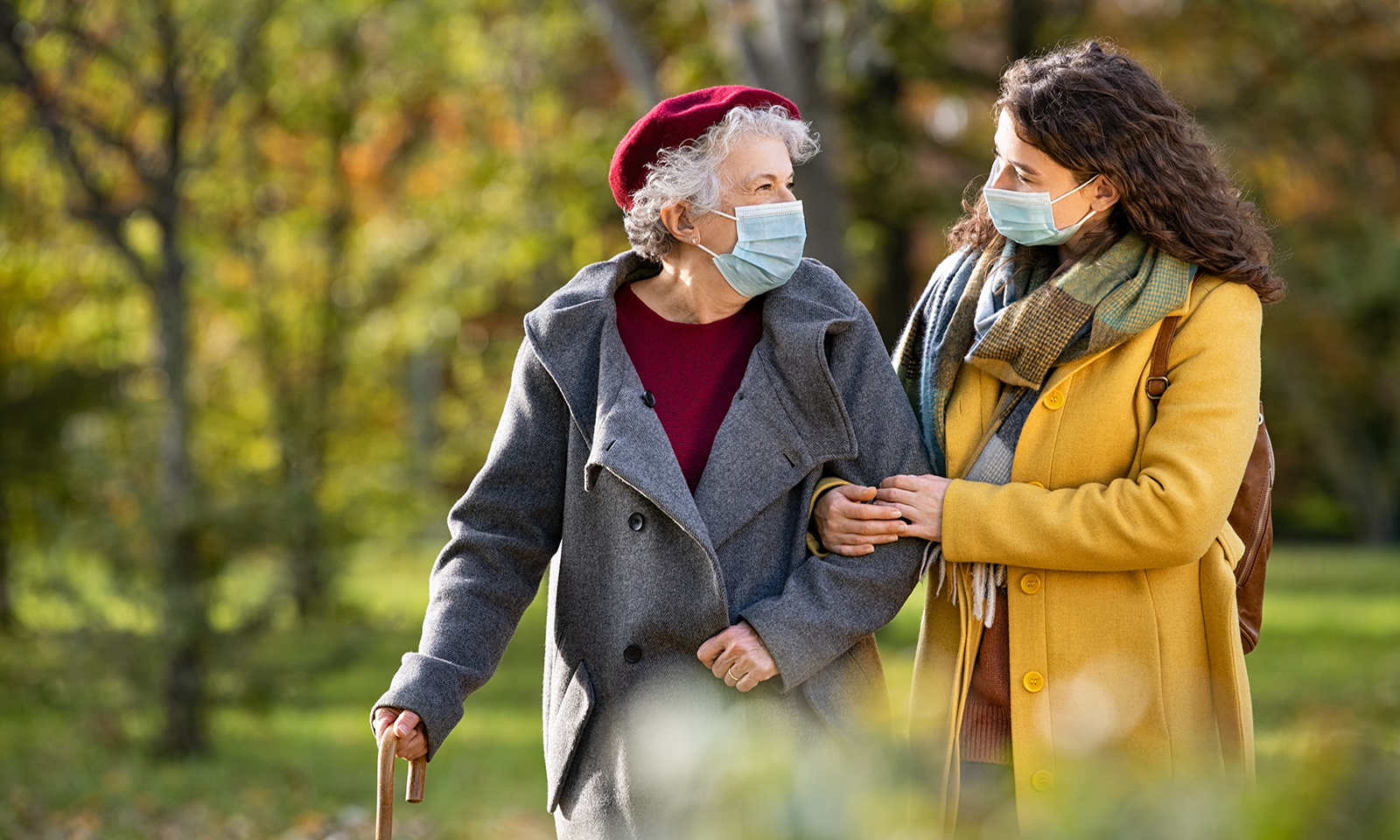

Navigating the senior years can be an enriching journey, especially when accompanied by a robust health and fitness routine. The physical changes associated with aging require thoughtful attention to ensure that the body remains strong, flexible, and energized. Although it can be easy to slow down, embracing regular physical activity offers seniors a pathway to enhanced wellbeing. Let’s explore the practical, yet effective ways older adults can incorporate fitness into their daily lives.
Individualized Exercise Plans
Creating a personalized exercise regimen is paramount. Every individual’s body is unique, responding differently to various types of exercises. It’s beneficial for seniors to consider their physical limitations, health conditions, and preferences when designing their fitness routines. Incorporating a mix of cardiovascular, strength, balance, and flexibility exercises can be incredibly rewarding.
Cardiovascular Health
Cardiovascular exercises are essential for maintaining a healthy heart and lungs. Walking, swimming, and cycling are excellent low-impact options that can be tailored to fit individual endurance levels. These activities not only strengthen the cardiovascular system but also enhance overall stamina.
Strength Training
Strength exercises help in maintaining muscle mass and bone density. Resistance bands, light weights, or even body weight can be used for exercises like squats, lunges, and arm curls. It’s crucial to focus on all major muscle groups to ensure balanced strength development.
Balance and Flexibility
Balance exercises reduce the risk of falls, a common concern for older adults. Practices like tai chi or simple standing balance exercises can make significant improvements. Flexibility, on the other hand, can be enhanced through yoga or basic stretching routines, promoting better range of motion and reducing stiffness.
Social and Group Activities
Taking part in group exercise classes or social activities adds a communal element to fitness. Seniors can join walking clubs, dance classes, or groups focused on activities like golf or bowling. Often, these types of activities are offered as part of senior living communities. The social interactions inherent in these activities serve the dual purpose of enhancing mental health while keeping the body active.
Professional Guidance
Consulting with a fitness professional or physical therapist is often a prudent step. They can provide tailored advice, safety tips, and motivation. Seniors can benefit from expert insights, ensuring that exercises are done effectively and safely, reducing the risk of injuries.
Consistency is Key
Establishing a routine and staying consistent is fundamental. Consistency ensures that the benefits of exercise are sustained over the long term. It’s about making physical activity a regular part of daily life, like brushing teeth or having breakfast.
Incorporating Daily Movement
Along with structured workouts, simply infusing more movement into everyday life can have tangible health benefits. Choosing stairs over elevators, gardening, or even performing household chores can keep the body active. Such daily activities might seem trivial, but they cumulatively contribute to calorie burning, muscle engagement, and overall physical health. Engaging in these regular movements not only helps in physical health but also establishes a mindset of staying active, making fitness a seamless aspect of daily life.
The senior years can be some of the most vibrant and fulfilling times of life when paired with a commitment to health and fitness. By adopting an individualized exercise plan, focusing on cardiovascular health, strength training, and balance and flexibility exercises, seniors can optimize their physical wellbeing.























